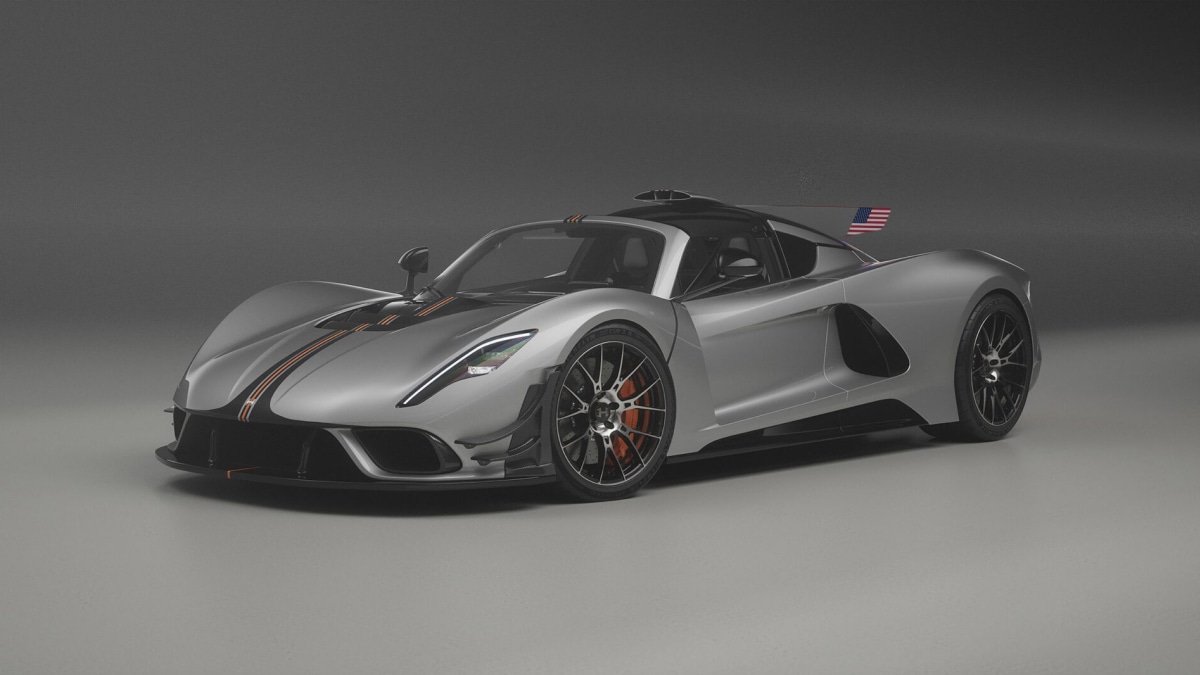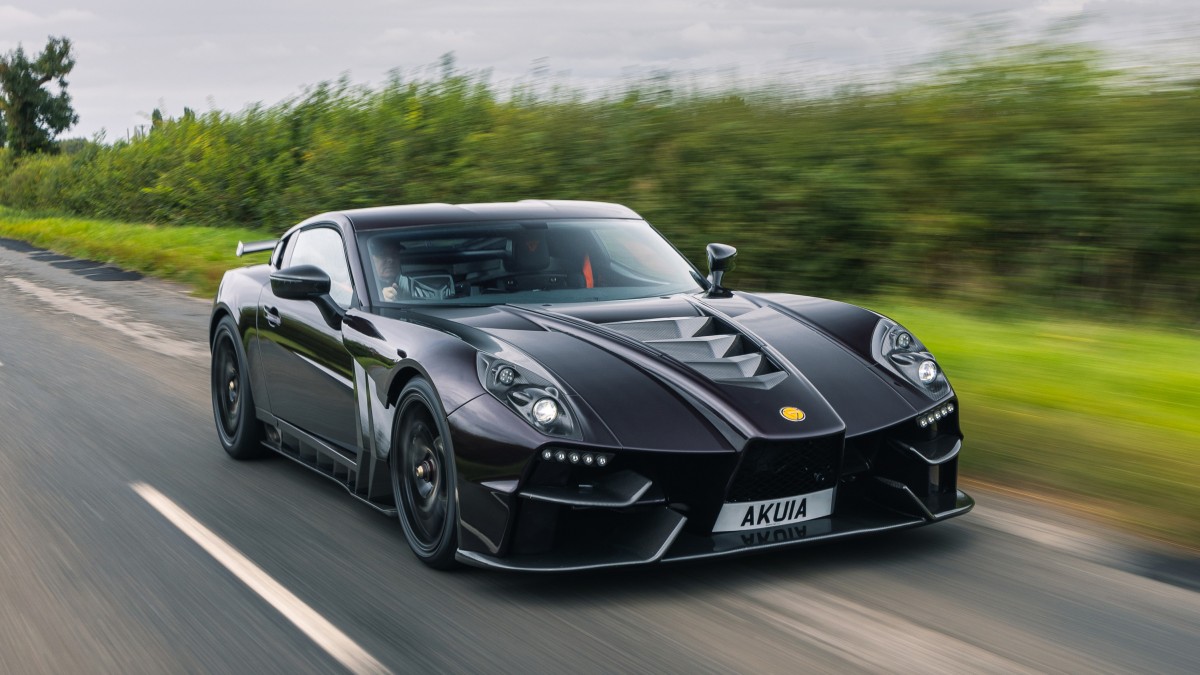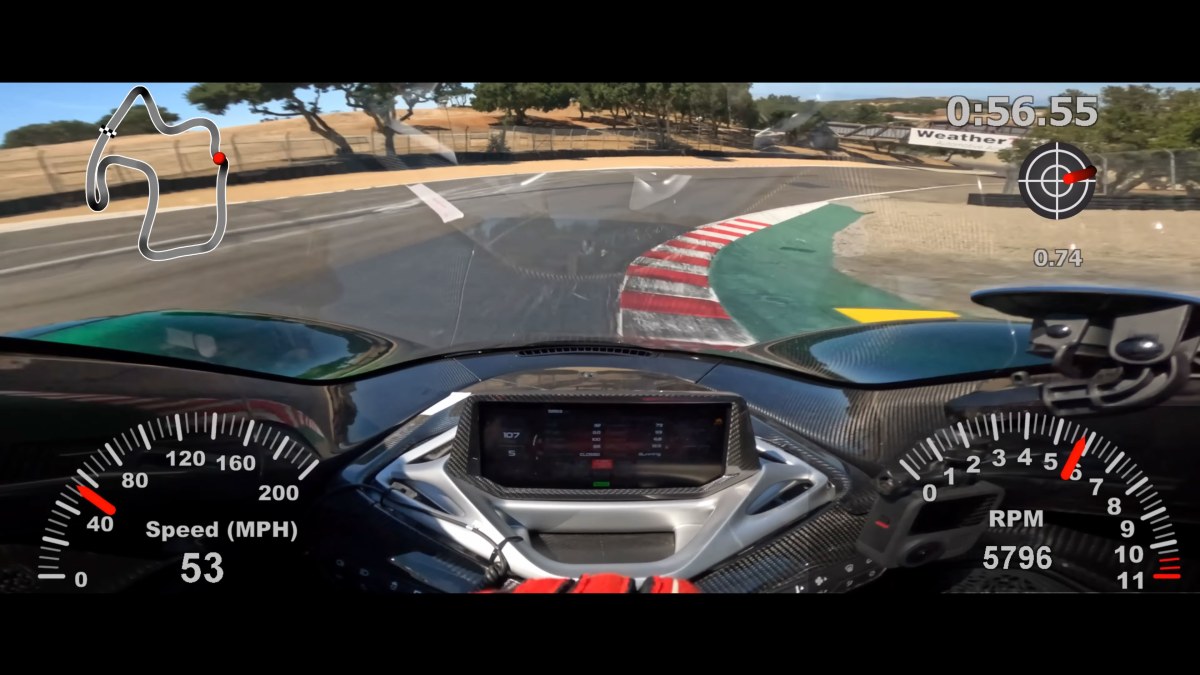The Koenigsegg Gemera is taking the scenic route to production, making stops along the way that buyers will appreciate. Koenigsegg Registry attended an event to inaugurate a new production line for the Gemera, company boss Christian von Koenigsegg telling the audience the mid-engined four-seat hypercar can be optioned with the 5.0-liter twin-turbo V8 that powers the Koenigsegg Jesko. The V8 adds $400,000 to the price and about 500 horsepower to the spec sheet, while decreasing torque by about 500 pound-feet, the announced figures being 2,300 hp and 2,028 pound-feet of torque on E85. The TTV8 makes 1,280 hp and 738 lb-ft by itself on premium fuel, 1,600 hp on E85. The remaining output comes from the Gemera’s three electric motors. The nine-speed Light Speed Transmission (LST) would also make the jump from the Jesko.
The Gemera debuted in 2020, the original spec sheet boasting 1,700 horsepower and 2,583 pound-feet of torque from a plug-in hybrid drivetrain that could get the four-seater from 0-60 miles per hour in 1.9 seconds. A turbocharged 2.0-liter inline three-cylinder called the Tiny Friendly Giant (TFG) sends 600 hp and 443 lb-ft of torque to the front axle. It’s frugal enough that the company lists gas-powered range as 590 miles. Three Quark electric motors turn the rear axle, two motors for each wheel, another between the crankshaft and the Hydracoup direct-drive transmission. The axle motors each produce 500 hp and 738 lb-ft of torque, the crankshaft e-motor makes 400 bhp and 369 lb-ft of torque. Their combined output in the powertrain comes to 1,100 bhp.
The Gemera shown on stage at the event sported physical side mirrors instead of the cameras on the concept car. Those will be a necessity for markets like the U.S. that haven’t approved digital outside mirrors yet. It’s not clear if the camera system will be offered in places like Europe that do allow such.
The options sheet grows again with the addition of a Ghost Package. This installs a larger front splitter, an S-duct in place of the traditional hood, and a rear wing. Aggression and downforce get amped up, but practicality diminishes since the S-duct front end replaces the frunk. That would be a shame considering the four-season, nuclear family potential of the car. The Gemera comes with all-wheel drive, all-wheel steering and torque vectoring on both axles. The 16.6-kWh battery can power up to 31 miles of all-electric range on the WLTP cycle. The interior’s been designed with four heated seats, tri-zone climate control, infotainment screens for front and rear passengers, wireless chargers front and rear, and a few climate-controlled cupholders among the beverage receptacles.
After production begins, 300 Gemeras will come off the line. As part of the improved headquarters, customers visiting Sweden to configure their cars will find a new showroom, lounge, experience center and retail space.
Related video:




